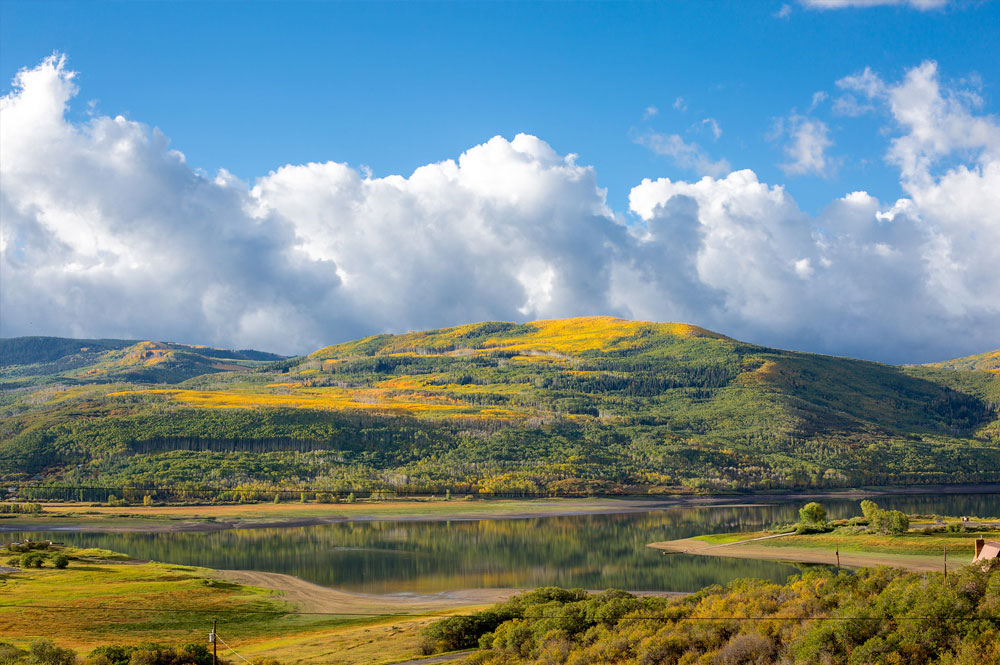Landscape Photography Tips and Techniques

Photo by UnknownNet Photography. CC BY 2.0
Landscape film photography is exactly what the name implies – taking photographs of landscapes. Loosely interpreted, landscape photography can include cityscapes as well as nature photography shots. When shooting landscape photography, there are quite a few basic photography tips and techniques you should remember. It is often suggested to use a large format camera or medium format camera, as these camera types are more precise and detailed in the negatives. However, 35mm film cameras are perfectly acceptable for landscape photography. Plus, as an added bonus, 35mm film cameras are often lighter in weight than the other formats, which will help if you plan to walk a lot.
Rules of Composition for Landscape Photography
As a basic rule of composition, landscape film photography works best when there is a distinct foreground, middle-ground, and background to create a sense of depth. Also, while not necessary, a wide-angle camera lens can be used to increase the amount of space within the frame. Commonly, landscape photographs feature maximum depth of field, requiring a small aperture and a long shutter speed. A tripod and cable release will serve you well to minimize camera movement during exposure and eliminate blur from camera movement.
Camera Lens Filters for Landscape Photography
There are also a few filters for your camera lens that will significantly improve your film photography and exposure. The filters you will most likely use for landscape photography are polarizer and neutral density filters. A polarizer filter will help take glare off the water and other reflective surfaces, add contrast to a hazy day, and darken the blue shade of the sky. The density filter helps particularly with sunrise or sunset photographs. As the sun creates a large amount of light the background becomes well lit while the foreground is not. This filter will decrease the amount of light from the bright part of the scene and allow detail from the foreground to show without overexposing the highlights.
Finally, photographers should avoid shooting landscapes at mid-day. The overhead sun creates harsh lighting conditions and unflattering shadows. While this is typically a common rule for all basic photography tips, it is especially important for landscape photography as shadows will create depth and detail. The zone system will also help create a better exposure.
For additional basic photography tips and techniques, please see the wildlife photography, motion photography, night photography, and winter photography pages.

















